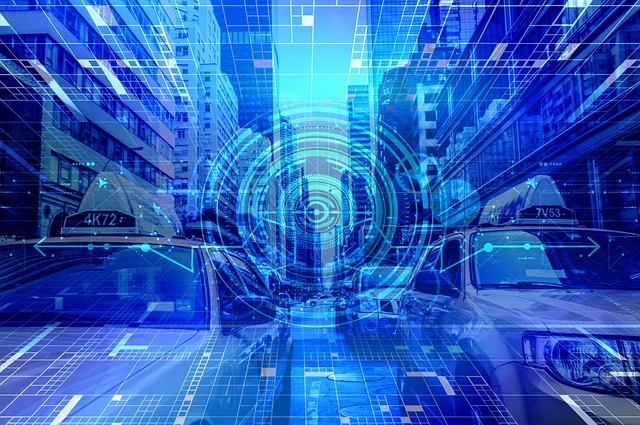As we find ourselves in the midst of the fourth industrial revolution, advances in robotics and artificial intelligence (AI) are transforming the landscape of business automation like never before. Among the most exciting developments is the creation of intelligent interfaces that serve as the bridge between human operators and complex automated systems. These interfaces not only enhance operational efficiency but also foster a deeper understanding of how we interact with machines.
Intelligent interfaces leverage machine learning algorithms and cognitive computing to create user-friendly platforms that optimize workflows. With their ability to process and analyze massive amounts of data in real time, these systems can present insights and recommendations that empower businesses to make informed decisions quickly. Imagine a customer service chatbot that not only understands inquiries but also learns from each interaction to improve its responses over time. This is the power of intelligent interfaces integrated into robotics and AI.
The role of robotics in this equation cannot be understated. Robots, once limited to repetitive tasks, are now equipped with advanced sensors and AI algorithms that allow them to adapt to their environments. When paired with intelligent interfaces, robots can perform complex functions in manufacturing, logistics, and even healthcare. For example, robotic process automation can streamline supply chain management, reduce human error, and significantly cut down operating costs. The collaboration between humans and robots through intelligent interfaces allows for a more seamless workflow, where tasks are delegated efficiently based on skillset and capability.
Moreover, intelligent interfaces are enhancing the way organizations approach business strategies. They provide teams with the tools to visualize data, track performance metrics, and engage in predictive analytics. By combining AI-driven insights with human intuition, businesses can innovate and pivot their strategies to better meet market demands. This shift is crucial for staying competitive in a rapidly evolving marketplace.
As businesses embrace this new era of automation, it’s essential to recognize the importance of training and adaptability. Employees must be equipped with the skills to leverage these intelligent interfaces to their fullest potential. Organizations that invest in educating their workforce will undoubtedly see a greater return on investment in their automated systems, as these individuals will drive the optimization of procedures and problem-solving.
In conclusion, the rise of intelligent interfaces within robotics and artificial intelligence marks a pivotal moment in the world of business automation. As these technologies become more integrated into daily operations, they promise to reshape interactions in the workplace and redefine productivity benchmarks. Companies that prioritize these advancements will not only enhance their operational capabilities but also foster a culture of continuous improvement and innovation.




